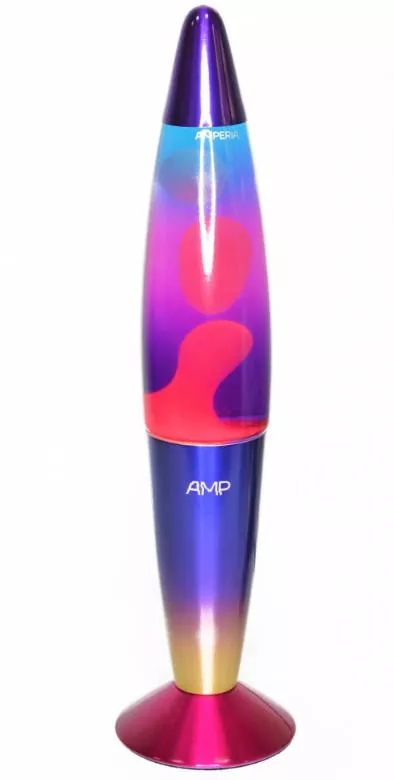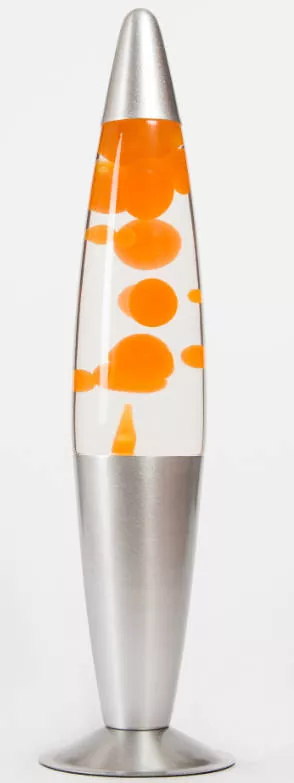
how to make blue and orange lava lamp?
Make two different mixes. One made of blue food coloring and water, the other with orange food colouring.
Fill a clear, glass container with three quarters of the water. Mix the blue and red mixture. Pour cooking oil slowly on the top. There should be some room within the container.
3.Carefully mix the orange mixture into the container. When the liquids have cooled into distinct layers, set the container on a lamp base that is equipped with the lightbulb.
Make sure to warm the mixture by turning on the light.
Drop the effervescent tablets into the container.
Watch as the bubbles carry the liquids that are colored up and down, creating the mesmerizing glowing lava lamp with the orange and blue hues.
Enjoy your homemade lava lamp!
Can you mix colors in the lava lamp?
To mix shades in a lava lamps begin by filling an empty glass container with water and adding food coloring in order to achieve your desired hues.
Pour the cooking oil over the water. Leave a little space at the top. You can also add different colors to the water layers to create a multicolored effect.
The oil’s color changes when the water bubbles expand and mix.
The addition of an effervescent tablet can create bubbles which transport colored liquids. This enhances the mixing effect, resulting in a stunning display of colors.

Why don t they make lava lamps any more?
There are a variety of reasons the lava lamps may not be as prevalent as they once were:
1. Changing Trends Lava lamps were especially popular in the late 1960s and 1970s as part of the counterculture movement. As trends evolve, consumer desires for home lighting and decor might have moved away from the lava lamps.
2. Technological Advancements The advancements in lighting technology, like LED bulbs and lights that are energy efficient, consumers may prefer more modern and efficient lighting options over traditional lava lamps, which utilize incandescent bulbs as well as warmth to function.
3. Environmental Concerns Lava lamps usually make use of wax and clear liquid, which usually contains chemicals. Concerns about environmental impact and the safety of chemical substances could result in a decrease in production or regulation of these lamps, because consumers are more conscious of the environmental and health implications.
Where not to put a lava lamp?
Avoid placing a lamp Near heat sources : Do not put lava lamps near heat sources like heaters, fireplaces, or radiators. Heat could cause the liquid inside the lamp to expand quickly. This could cause damage to the lamp or cause it to malfunction.
Do not place Lava Lamps in Direct sunlight. Avoid placing a lava light near direct sunlight. The sun can cause the lava in the lamp to heat in a different way. This could impact the efficiency of the lamp.

Unstable Surfaces Avoid placing a lava lamp on an unstable surface where it can be knocked down. Lamps made of lava are filled with liquid that could be spilled and cause harm to furniture or flooring when the lamp is accidentally dropped or bumped.



